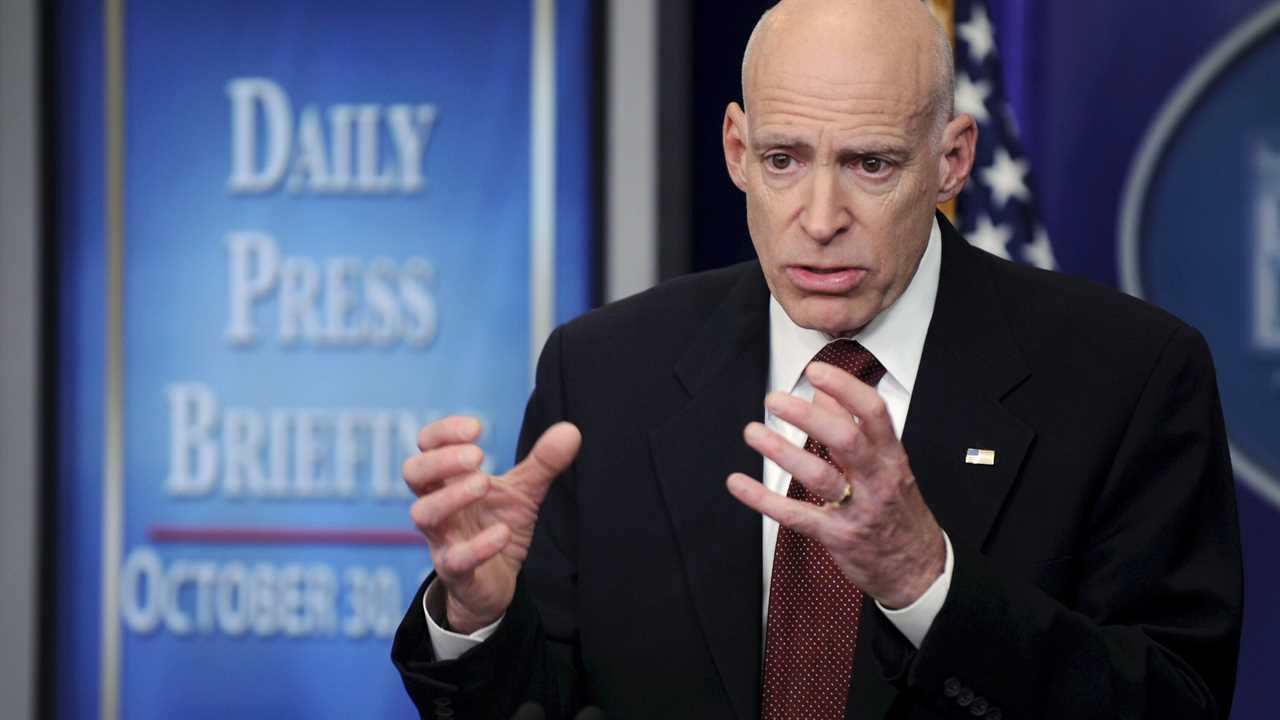
Edward P. Lazear, a pioneering labor economist at Stanford University who advised President George W. Bush during the financial crisis, died on Monday. He was 72.
The cause was pancreatic cancer, the university said. It did not say where he died.
Professor Lazear may be best remembered as the founder of a field that has come to be known as personnel economics, which seeks to understand how businesses hire, retain and pay employees. He also founded the Journal of Labor Economics and the Society of Labor Economists.
But perhaps his most critical job was as chairman of President Bush’s Council of Economic Advisers when the American financial system buckled after a housing and debt bubble had burst, forcing the federal government to spend hundreds of billions of dollars to bail out financial institutions and rescue a sinking economy.
“Eddie Lazear was a rare combination —-an extraordinary academic economist and a dedicated public servant who brought that intellect and skill to the solution of big policy problems,” said Condoleezza Rice, director of Stanford’s Hoover Institution, where Professor Lazear held a senior fellowship.
In a statement, Mr. Bush called him “a trusted confidant” and “a beloved colleague.”
Edward Paul Lazear was born in New York City on Aug. 17, 1948, and grew up in Los Altos, Calif. He graduated from the University of California, Los Angeles, in 1971 and received his Ph.D. in economics from Harvard University, where he worked with the Nobel Prize winner Gary Becker and adopted his approach of applying economic tools to new domains.
Professor Lazear began his professional career in 1974 as an assistant professor of economics at the University of Chicago. He taught there for almost 20 years before joining the Stanford faculty.
“He was the most natural economist I ever came into contact with,” said Paul Oyer, an economist at Stanford’s Graduate School of Business. “He was a deep economic natural thinker; he was born to be an economist.”
Professor Lazear wrote a seminal paper about the relationship between worker pay and a company’s productivity and profits; it was based on a case study of the Safelight Glass Company. Productivity at the business soared when it shifted from paying workers an hourly wage to paying them according to the number of windshields they repaired. Professor Lazear figured out that this improvement hadn’t come about just because people had worked harder to earn more money. Rather, he found, the shift in wage policy had changed the composition of the installers: Slower workers had left the company and faster workers had taken their jobs.
Professor Lazear wrote another famous paper explaining the rationale behind mandatory retirement, which was outlawed by Congress in 1986. He proposed that it is worthwhile for companies to pay workers less than what they are worth to the business when they are young, and then to raise their wages over time, to the point where they are paying them more than they are worth. But that, he found, meant that employees would try to hang on to their job for too long. Mandatory retirement thus helped solve the problem.
“He is the father of a field that has had a lot of influence in the way firms design compensation and make hiring and retention policies,” said Erik Hurst, a labor economist at the University of Chicago. “This is of first-order importance for how people live their lives.”
Professor Lazear fell squarely on the right of the economic policy spectrum. He was a fierce critic of the Obama administration’s fiscal stimulus policies. He later championed the tax cuts signed by President Trump in 2017. He believed in the efficiency of markets and disliked the minimum wage and other government interventions.
But even his ideological opponents acknowledged his integrity and commitment to rigorous thinking.
“I admired the purity of his commitment to economics,” said Lawrence H. Summers, the former Harvard president and Treasury secretary. “It is very rare among economists who work on things that have a bearing on politics.”
Lawrence Katz, a professor of economics at Harvard, said Professor Lazear’s work had often reached conclusions at odds with conservative views and policies.
“He was not ideological on all things,” Professor Katz said, pointing out Professor Lazear’s work with Richard B. Freeman on the value of works councils, which are used in many European countries to give workers voice and power to negotiate with employers.
Professor Lazear’s work also served to dispel the notion popular among American conservatives that policies that guaranteed job security condemned Europe to high unemployment and low productivity.
During the financial crisis of the late 2000s and its aftermath, Professor Lazear was a critical voice demanding attention to the faltering job market as millions of people lost jobs and many people struggled to find work for months or even years.
“You can see in his policy work these concerns for workers and their skills and how hard it is to transition between industries,” said Austan Goolsbee, who chaired the Council of Economic Advisers during the Obama administration.
Professor Lazear is survived by his wife, Victoria Lazear, and his daughter, Julie Lazear.
Did you miss our previous article...
https://trendinginthenews.com/usa-politics/biden-brings-the-gang-back-together






